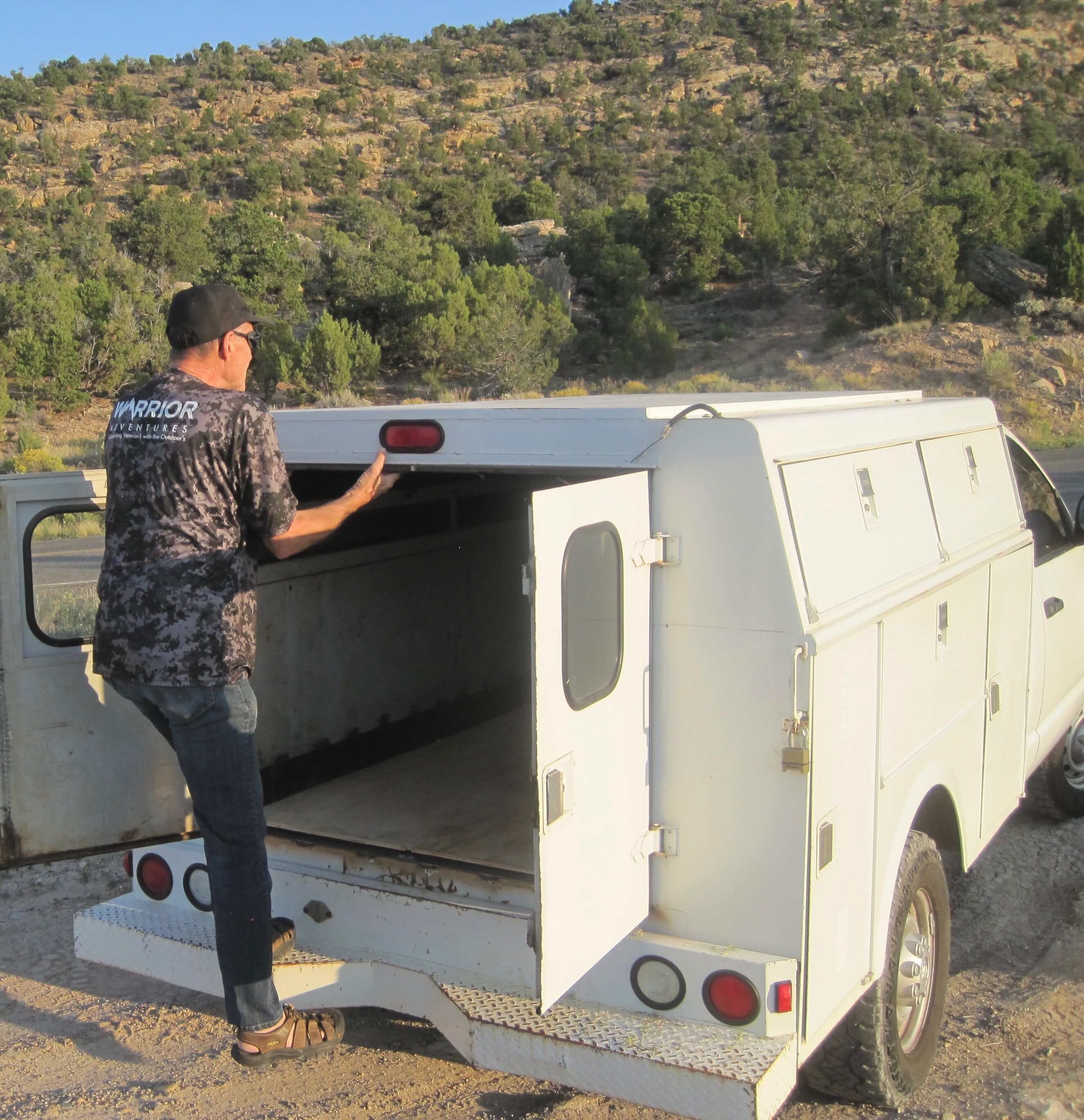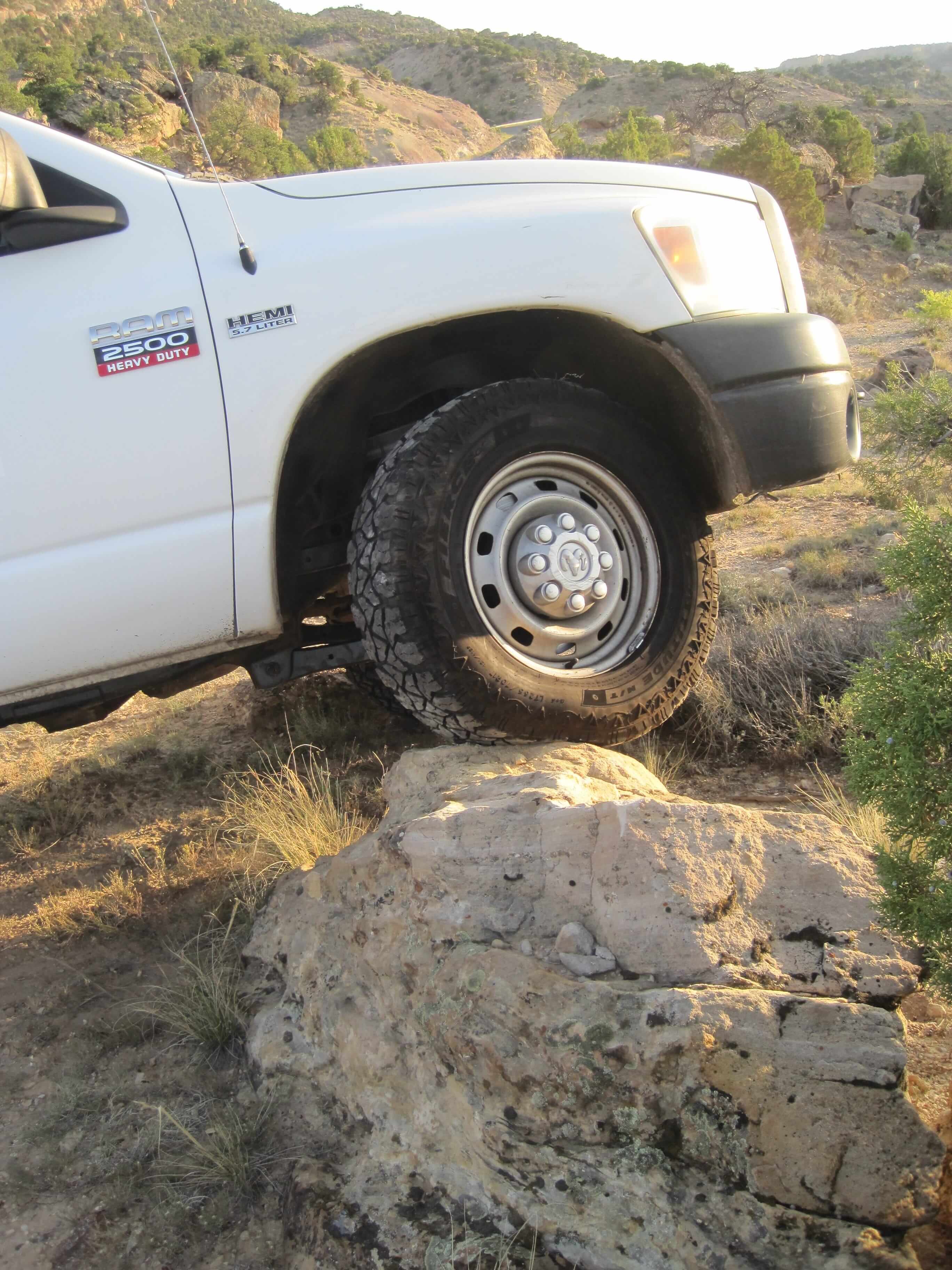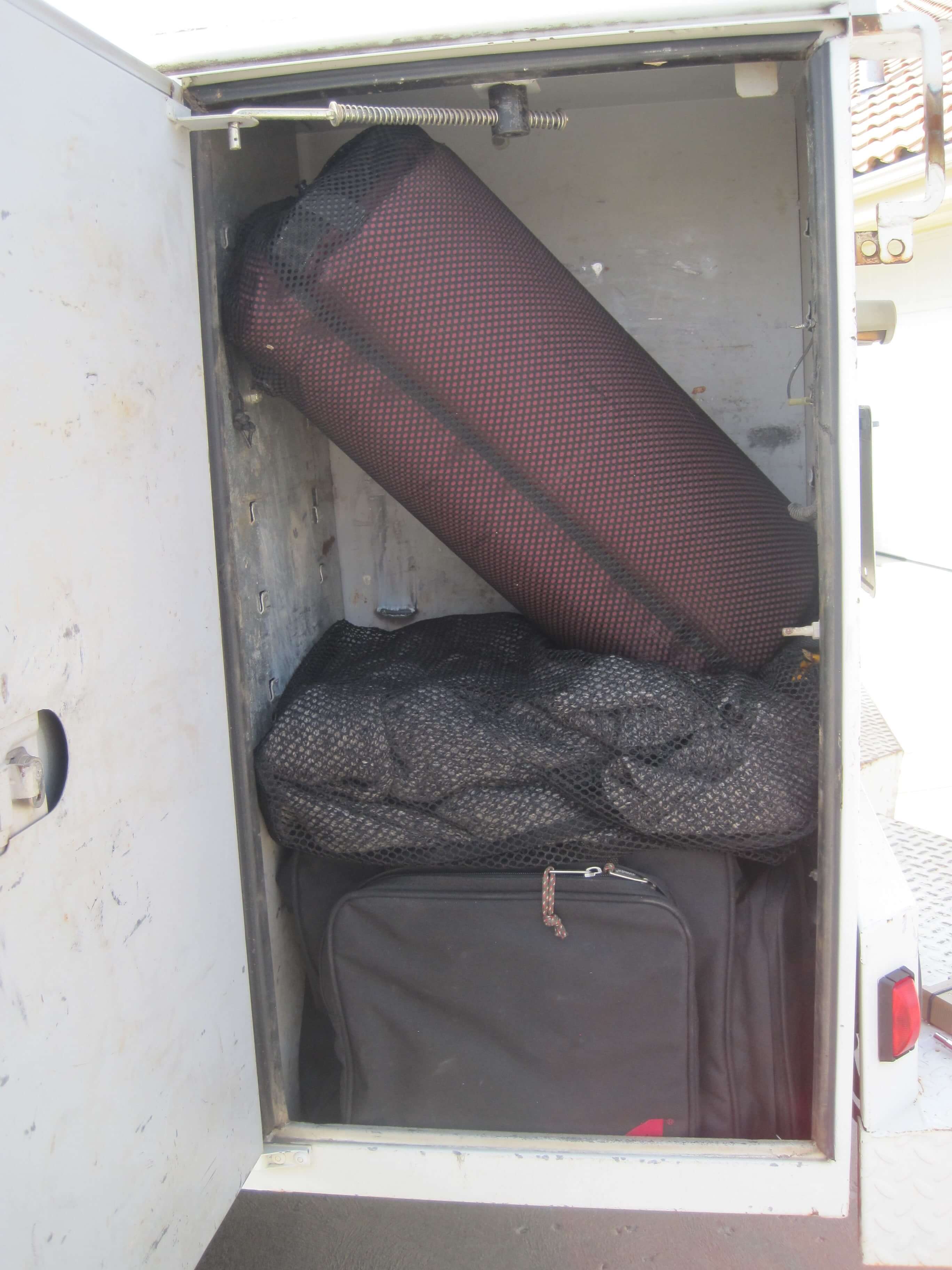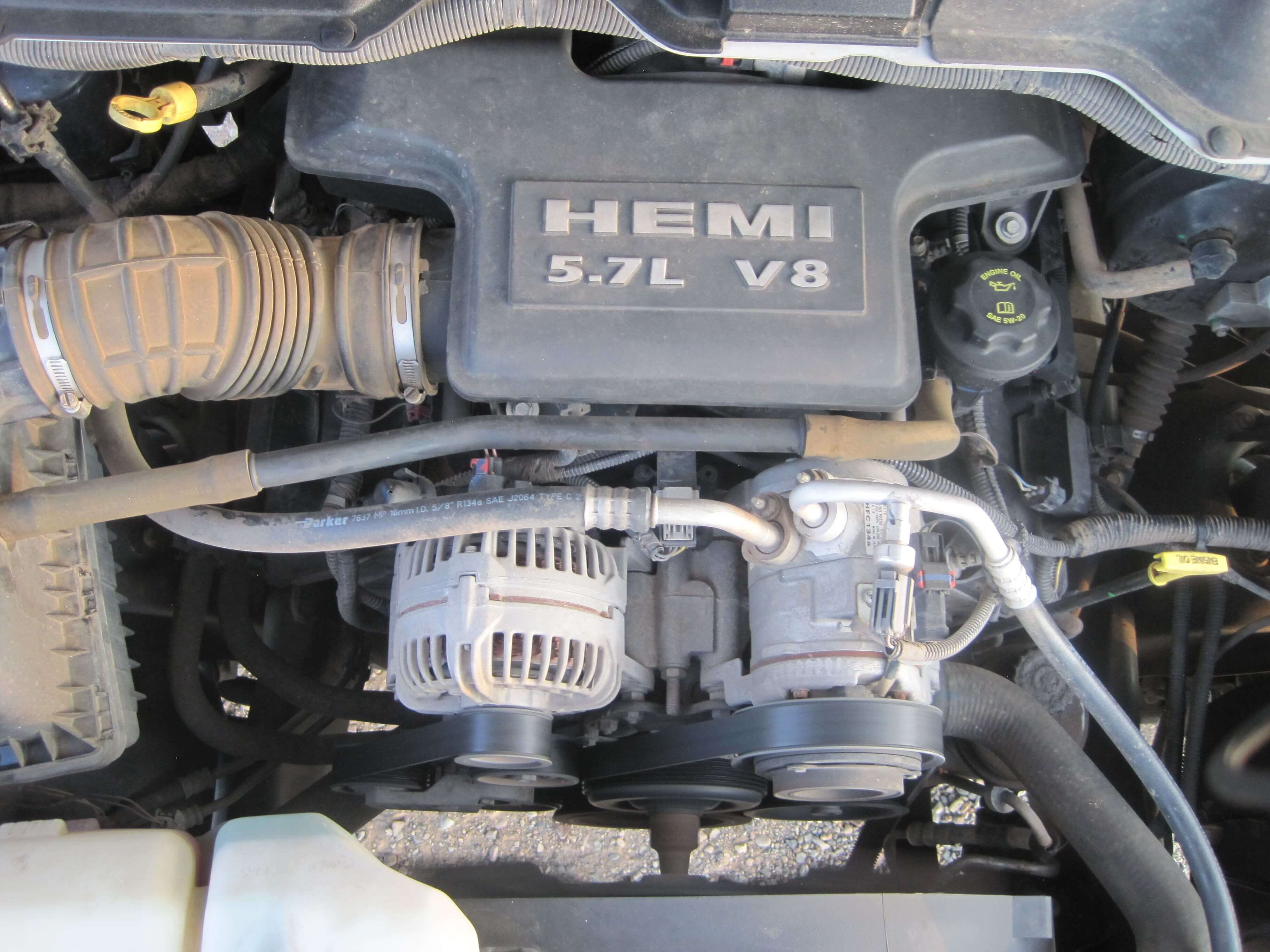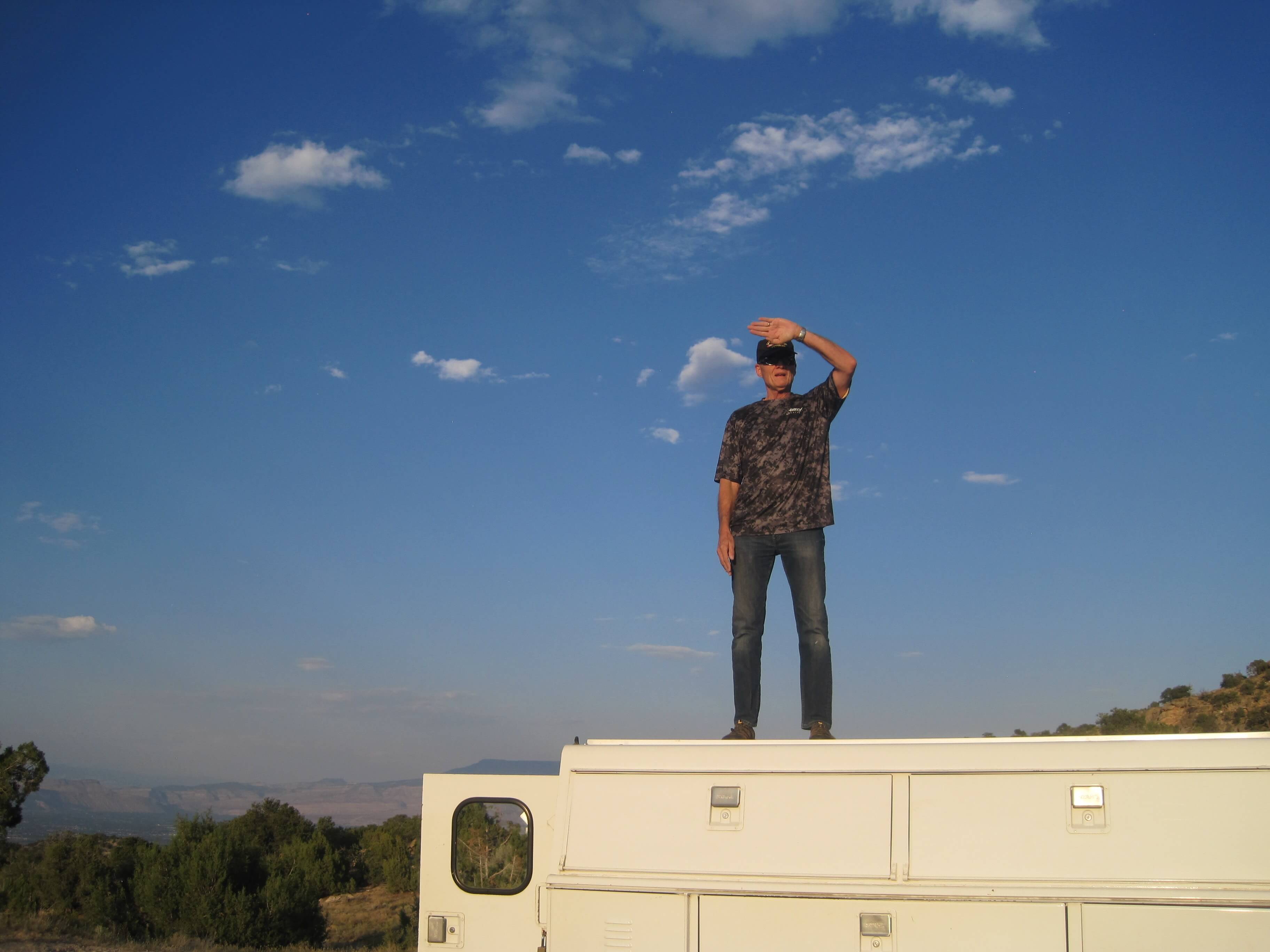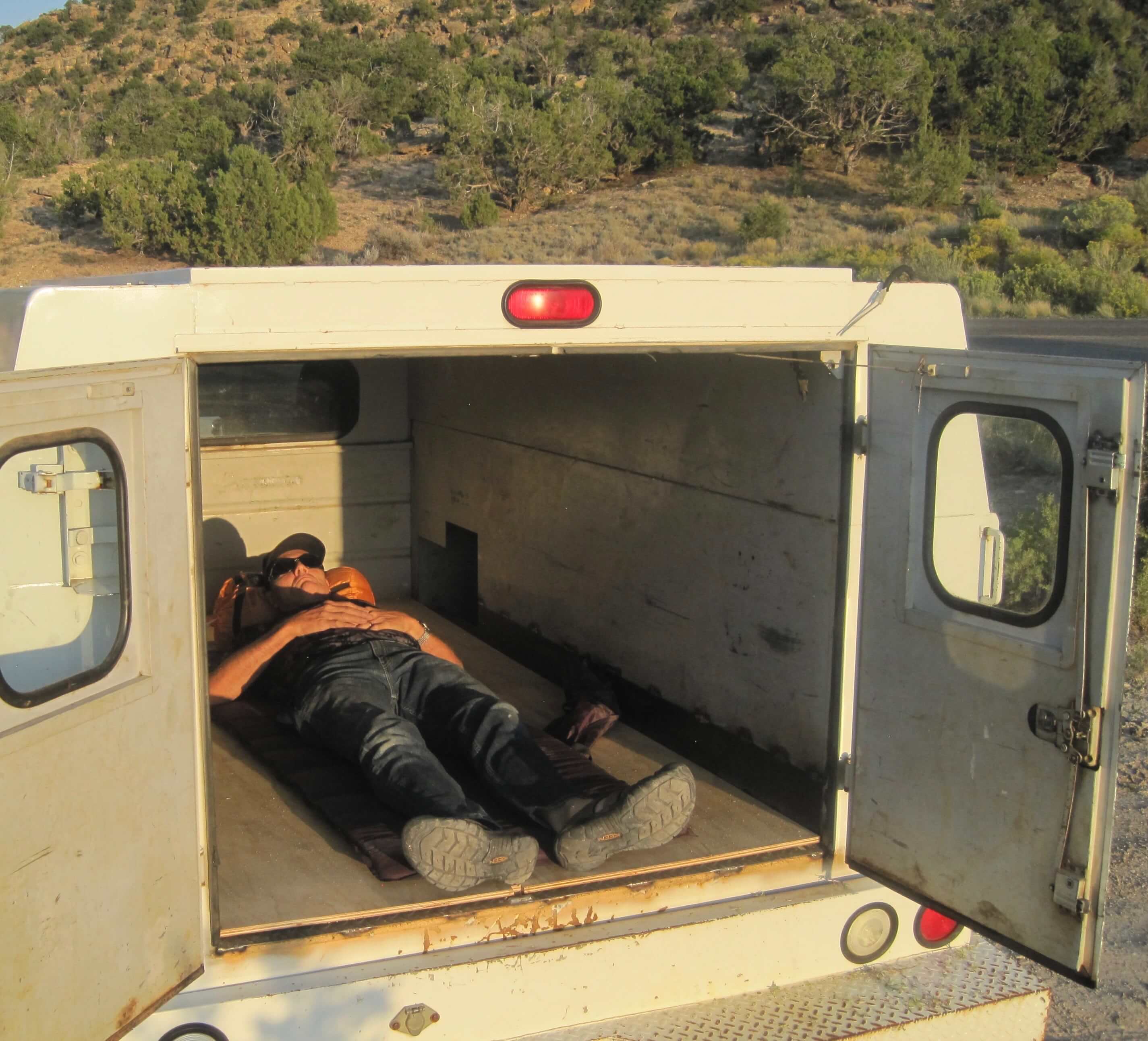Something horrible has gone wrong if you need a bug-out vehicle to get out of Dodge; it’s a critical situation by definition. And, without a solid plan, recent intelligence about the proposed route and backup plans, you might be going from bad to worse.
Bug-out transportation includes all types of water and aircraft, motor vehicles and bicycles. Your choice of your bug-out vehicle depends upon likely scenarios you’ll face, your environment and your wallet’s girth.
Living on Colorado’s western slope, I favor a 4WD platform as my bug-out vehicle of choice. After selling my 4WD Dodge Ram 2500 turbodiesel pickup, I took the time to rethink what’s really useful and what’s not in such a bug-out vehicle. While I like diesel engines, their starting problems at low temperatures constituted an unacceptable liability. Although I used an anti-gel fuel additive, the fuel in my truck gelled one cold spring morning in Montana, costing me hours of valuable driving time. I hiked to auto parts stores, looking for a remedy. By late morning, warmer temperatures and a fuel additive enabled the Cummins diesel to finally start.
But what if I’d been trying to bug out? The hours lost could have meant the difference between life and death. This example didn’t occur during an emergency, but it still reinforces the fact that bugging out means you’re avoiding something dangerous or deadly.
Anything, including your vehicle, that does not enhance the practicality and probable success of your plan is a waste of effort, time and cash. Use cold, hard logic to gather information and make your decision. Because every situation is different, you need to do your own research and consult people and other resources whose expertise is based on facts and experience.
MY QUEST FOR A BUG-OUT VEHICLE
My previous Dodge truck was a flatbed and lacked the important organization part of the puzzle, so I attached a large Knaack toolbox to hold hundreds of pounds of gear. While the box kept the gear secure and weatherproof, finding items that had migrated to the bottom was okay on a fine day; sorting through it in foul weather was getting old. And covering cargo with a tarpaulin was problematic,
especially when it ripped in half during a snowstorm in the boonies.
This wasn’t the best solution for my needs, so I shopped around and replaced it with another 4WD truck (with a transfer case) that could organize and store my equipment and numerous supplies.
My original goal was to find a vintage panel truck with a fresh engine (without a computerized engine-management system) that could haul my cargo and remain immune to a solar flare or EMP. I couldn’t find one that met all my requirements at the time, but this bug-out vehicle is still on my list.

Nevertheless, this article’s thrust isn’t about a specific vehicle; it’s about the thorny process of determining the optimum bug-out vehicle for your needs. For example, if you have a mutual-aid agreement, will you have room for the other participants, as well as their gear? Do you plan to pick up stragglers, the elderly, children or the injured? If you encounter abandoned supplies, will you have enough room to take them with you?
My bug-out vehicle choice was unorthodox and, according to my spouse, beyond ugly. I bought a white 4WD pickup with an enclosed service body. Yes—the kind of generic commercial work truck you see so often that it becomes part of the landscape. And that’s part of its appeal: It can hide in plain sight. Add an amber light, and it looks like any other service truck. The truck had more than 100,000 miles on the odometer and was rough as guts, having seen hard duty (including a dust storm) with a public utility company.
Powered by a hemi V8, the 2008 Dodge Ram 2500 is a conventional-cab pickup. I chose one with an enclosed body because it addresses four problems:
- Several compartments facilitate segregating food and a stove, self-rescue gear and
tow straps, camping gear, tools, water purifier, firearms and a first aid kit. - A steel top protects the interior, so when foul weather prevents safe travel, I can exit the cab and crawl in the back. Erecting tents or tarps in a storm is no longer necessary (but I
carry them anyway). - Living and traveling in bear country, I’d rather sleep in a steel
box than under a fabric tent or tarp. - This one vehicle now serves as my bug-out truck and daily driver.
According to Stahl, the service body weighs 1,600 pounds: The body is 1,000, the roof assembly
is 500, and the bumper is 100. Over the years, the weight had worn out the rear shocks and flattened the leaf springs supporting the body.
After replacing the suspension components, the truck handles better and is level. A quick sprint on a rough road told me that the truck’s rear end no longer felt sloppy. The short wheelbase — compared to extended and four-door cabs—enables a turning radius of 47 feet and improves its performance off road.

The tread plate floor was rusted through, so I had a new one welded over it. Rust also had formed where the floor met the walls, so 6-inch-high stock was welded to reinforce the area. Sleeping on steel can absorb a lot of body heat, so I covered the tread plate with a sheet of plywood.
The interior is 4 feet wide by 8 feet long by 4 feet high and features two long, open compartments on the top of the driver’s-side wall. I use them for items needed when spending the night away from home: air mattress, sleeping bags, sleeping pad (in case the air mattress leaks), flashlight, food bars, water and a book. Front and rear windows provide acceptable light during the day, but on a dark night, it’s like being in a mineshaft.
If you need to stand inside your truck body, choose a taller one. But understand that the resulting wind resistance will further degrade your miles per gallon. In addition, the higher vehicle won’t fit in a standard residential garage, and it will be less trail-friendly than the lower body.
CONSIDERATIONS
Steel service bodies raise a vehicle’s center of gravity considerably, so decreasing one’s speed when turning corners and navigating rough terrain became natural adjustments. And watching the gas gauge dip became a new pastime (my old flatbed carried an 80-gallon auxiliary tank). On the upside, all my gear is now secured inside individually lockable compartments, and each side features an additional sliding security bar with a padlock hasp.
Visibility suffers a bit. I can see through the body out of the two rear windows, but when the big box is full of cargo, it’s side mirrors only.
I’d anticipated the truck would be slow, given the high curb weight … boy, was I surprised! The hemi doesn’t seem to notice the big body and snorts when I demand more speed. Glancing at the speedometer, I was surprised to be topping 90 mph with little sensation of going that fast. That is not my regular driving style, but it’s good to know I can move fast if I need to.
NOT FOR EVERYONE
My work truck is a special-purpose vehicle chosen for my needs. It certainly would be a poor choice for commuting, for example, because it averages only 6 mpg in town. If fuel economy is a concern, don’t buy a work truck; or, be prepared to store and carry a lot of fuel.
While the truck is smaller than a house, it can be ponderous in lanes and alleys. If you need quick access to items, don’t place them in a locked compartment. Alternatively, add a lock on the security bar. By the time you’re done fiddling with keys and combinations, you might forget what you were looking for.
If you have a large family, I strongly recommend buying something with four doors—my regular-cab model with bucket seats holds two adults and one child (or large dog), nothing more.
FUTURE ADDITIONS
A bug-out vehicle needs a winch for self-rescue, clearing road debris and pulling others who are stuck off the road. And a Class-3 or -4 hitch will make it more versatile.
The stock front bumper will be replaced soon, because it isn’t strong enough to push multiple vehicles out of the way during a gridlock situation. In addition, supplemental exterior LED lighting will help brighten the night without taxing the battery or alternator too much.
I obtained two photovoltaic solar panels for the body’s roof but haven’t yet gotten a charge controller, inverter or additional battery to complete the system. The ability to produce 120 VAC power in the backcountry is useful. (A Toyota Tacoma I owned came from the factory with an AC receptacle in the pickup’s bed, which came in handy more than once.)
PLANNING IS PARAMOUNT
Bugging out can take many forms and contain more unknowns than you anticipated. Likely scenarios for your region will help shape your bug-out plan.
For example, you won’t need a snakebite kit in the Arctic or a down parka in the tropics. Consider a mutual-aid agreement with trusted relatives and friends. It increases your odds of succeeding, especially if they are at least as prepared as you.
Let’s hope your bug-out vehicle never needs to go anywhere except on pleasure trips to the backcountry. But do take the time to consider prospective bug-out vehicles as if your family’s life depends on it.
2008 Dodge Ram 2500 Heavy Duty (truck only)
| Engine type | 5.7-liter Hemi, fuel-injected OHV V8 |
| Horsepower | 330 @ 4,800 rpm |
| Torque | 375 foot-pounds @ 4,200 rpm |
| Valves | 16 |
| Transmission | 5-speed auto |
| 4WD | Part-time |
| Tires and rims | LT 265/70/17, Load range E |
| Length | 229.7 inches |
| Width | 79.6 inches |
| Height | 78.4 inches |
| Curb weight | 5,440 pounds |
| Gross weight | 8,650 pounds |
| Ground clearance | 7.1 inches |
| Front track | 68.6 inches |
| Rear track | 69.5 inches |
| Wheelbase | 140.5 inches |
| Differentials | Solid live axles |
| Fuel tank capacity | 35 gallons |
| Approach angle | 24.1 degrees |
| Departure angle | N/A because of service body’s extended bumper |
Editor’s note: A version of this article first appeared in the February 2018 print issue of American Survival Guide.


